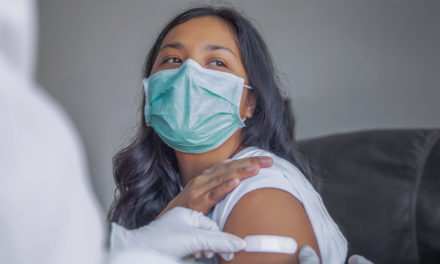It’s no secret that addiction to painkillers is a health epidemic that will define this era. The number of Americans suffering from substance abuse has skyrocketed in the last decade, with a significant part of this population struggling to overcome an addiction that started with prescribed medication.
“Given the opioid crisis facing our country, we need to increase non-opioid treatments for musculoskeletal pain. The CDC recommends the use of non-pharmacological and non-opioid therapy for the treatment of chronic pain.
Research shows that receiving early physical therapy (PT) treatment within two weeks of the onset of neck, knee or back pain, actually reduces the odds of needing opioids by up to 60%. A 2018 study also revealed that 80% of patients with knee, back, and shoulder disorders remain opioid free for a year following PT.
Therapy is so beneficial because it focuses on treating the underlying cause of pain, instead of masking the symptoms. PT provides education which promotes a pain free, opioid free lifestyle and empowers patients with the tools to focus on self-care.”
Recovery from certain medical procedures or illnesses may vary from one patient to another, but it often involve some degree of pain management. Studies actually show that many medical professionals relied too heavily on prescription medications to help patients cope with pain.
In fact, data from 2014 shows that opioid prescriptions had increased by 300% from the previous two decades and corresponding cases of overdose have continued to rise in the years since. Though painkilling medications – known as opioids – can be effective for those recovering from major surgeries, these are highly addictive substances.
What Is an Opioid, Anyway?
The term “opioid” refers to a spectrum of substances used for pain management, like the powerful drug fentanyl, as well as illegal substances with no recognized medical purpose, such as heroin. A dependency on prescription medications can act as a gateway to recreational drug use, as the human body experiences symptoms of withdrawal.
Other common examples of opioids sometimes prescribed as painkillers include hydrocodone, oxycodone, and morphine.
Changing How We View Pain Management
Rehab specialists who partner with surgeons to create a treatment plan that relies on opioid alternatives are the new standard for pain management.
Catholic Health outpatient clinics and rehab locations offer a variety of pain management services that can me incorporated into a patient’s recovery plan, including:
- Exercise-based physical therapy
- Support groups
- Aquatic therapy
Depending on an individual’s medical history, less addictive substances, like over-the-counter and prescription acetaminophens, ibuprofen, and steroids, can help reduce pain. Patients should still note that they might also build a tolerance to low-dosage medications, and should speak with their medical provider before using medication to manage pain.
Forward-thinking members of the healthcare industry have begun to take a deeper look at how methods for pain management and recovery affect a patient’s lifestyle in the days, months, and years following their procedure.
Find a Physical Therapist Near You
Call (716) 706-2112
Find a Physical Therapist Near You
Call (716) 706-2112





